Independent Kenya
Kenya has had four Presidents since independence. Upon Jomo Kenyatta's death on 22nd August 1978, Daniel arap Moi took over the leadership. He retired on 30th December 2002 in line with a constitutional Provision which limits the Presidential term to a maximum 10 years of 5 years each. This provision took effect in 1991 following the re-introduction of multipartism. Previously Kenya was a single party state.
Mwai Kibaki took over from Moi on 30th December 2002 to become Kenya’s third President. Kibaki and his National Rainbow Coalition (NARC) won with a landslide in the December 27 2002 general elections, thus ending KANU’s forty year dominance.
In December 2007, President Kibaki under the Party of National Unity (PNU) ran for re-election against the main opposition party candidate, Raila Odinga, of the Orange Democratic Movement (ODM). After the outcome of those elections, a Grand Coalition Government was formed in which Raila Odinga became the Prime Minister. On 4th August 2010, a constitutional referendum was held in which a new Constitution was adopted by the majority of Kenyan voters. The new Constitution was promulgated on 27th August, 2010.
The first election under the new Constitution was held on March 4th 2013. Uhuru Kenyatta of The National Alliance (TNA) party won the Presidential election. He was inaugurated as the President of the Republic of Kenya on April 9th 2013 while his running mate, William Samoei Ruto of the United Republican Party (URP) became the Deputy President of the Republic of Kenya.
Dr. William Samoei Ruto's tenure as Deputy President alongside President Uhuru Kenyatta was a continuation of Kenya's journey toward development and stability. The first election under the new Constitution, held on March 4th, 2013, saw Uhuru Kenyatta of The National Alliance (TNA) party win the Presidential election. He was inaugurated as the President of the Republic of Kenya on April 9th, 2013, with his running mate, William Samoei Ruto of the United Republican Party (URP), becoming the Deputy President of the Republic of Kenya.
His Excellency Dr William Samoei Ruto was sworn in on September 13, 2022, after winning the Presidential election. He was elected on August 9, 2022 on a United Democratic Alliance (UDA) ticket, a principal party, in the Kenya Kwanza Alliance.
2022
PRESIDENT WILLIAM RUTO
His Excellency Dr William Samoei Ruto was sworn in on September 13, 2022, after winning the Presidential election. He was elected on August 9, 2022 on a United Democratic Alliance (UDA) ticket, a principal party, in the Kenya Kwanza Alliance.
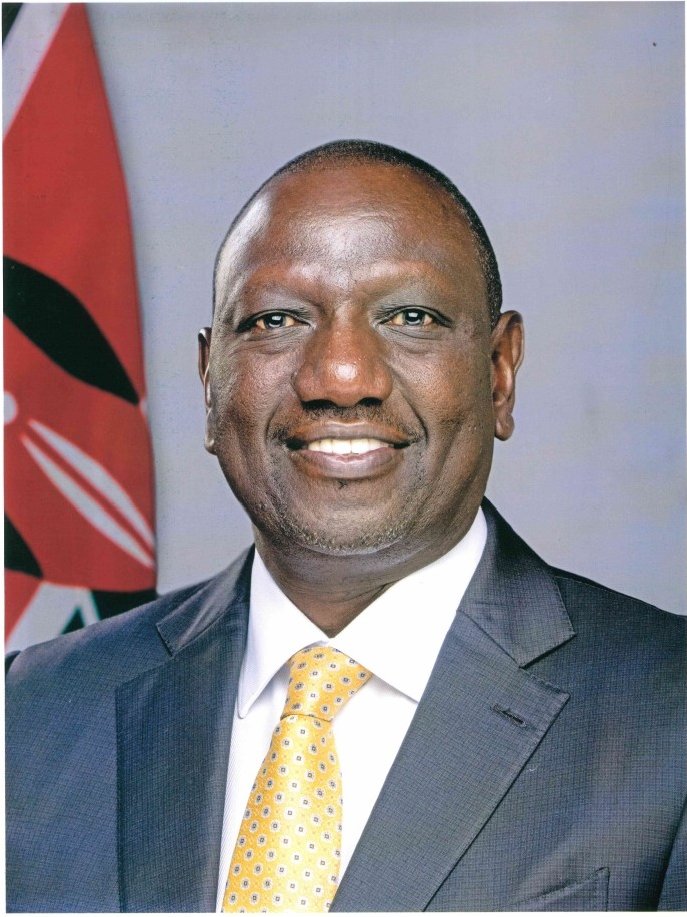
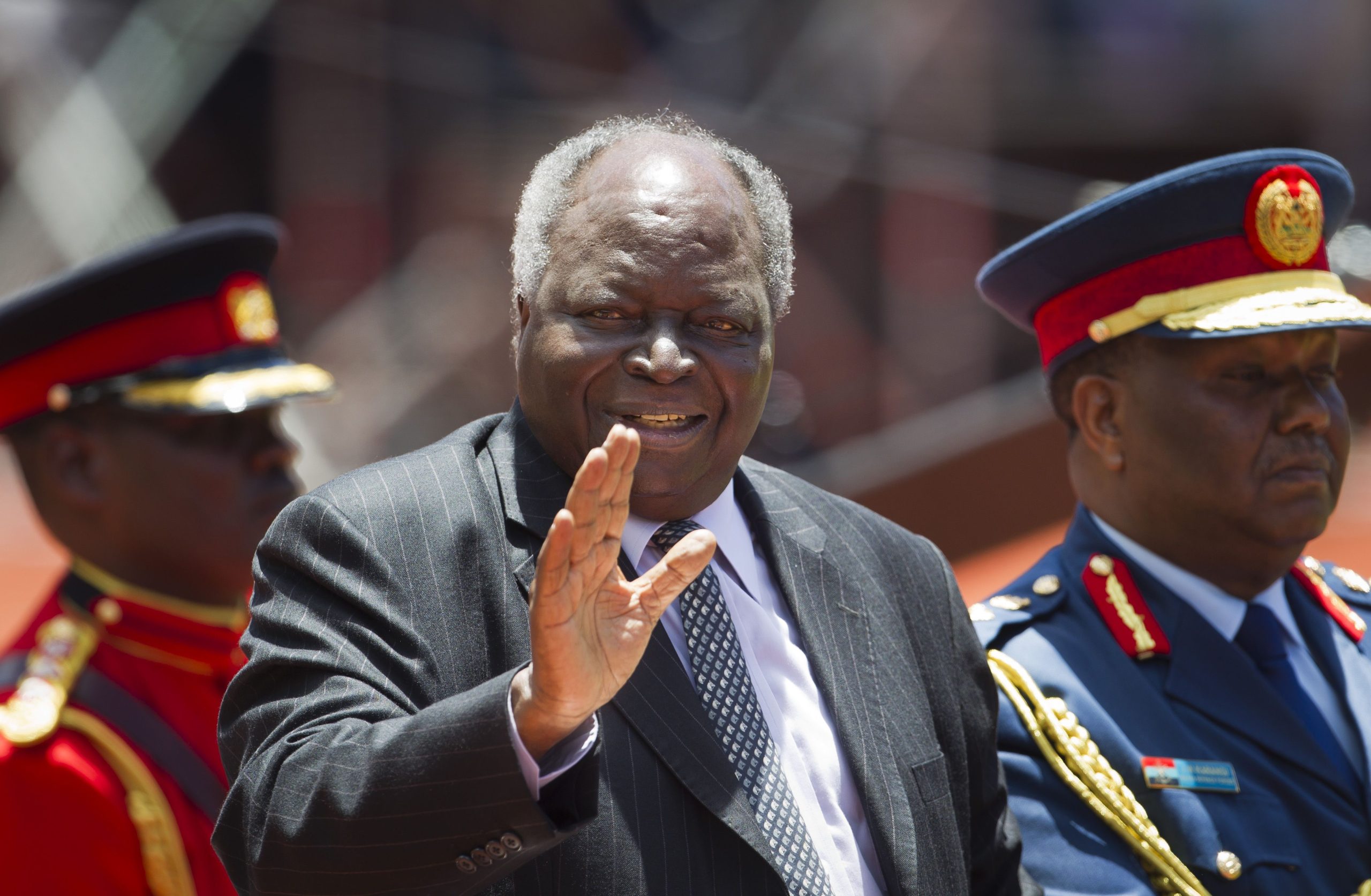
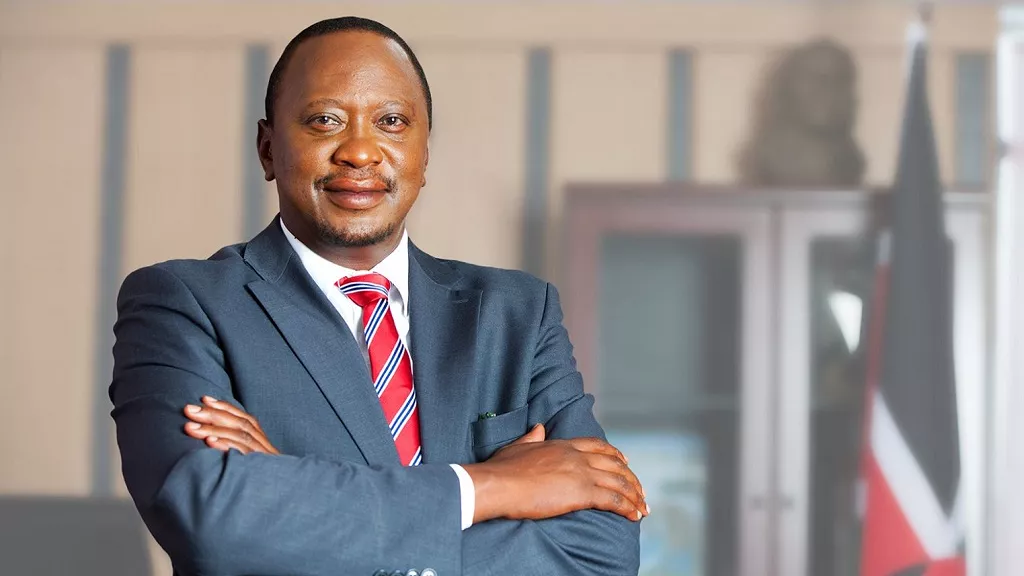

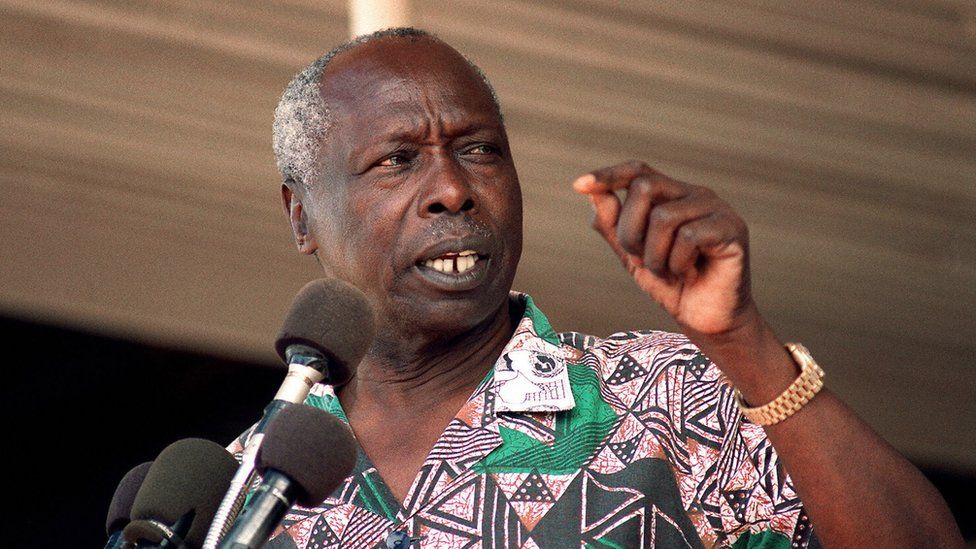
Early Visitors
The first people to settle in Kenya were indigenous African communities who migrated from various parts of the continent. Other visitors included traders, explorers and tourists who came in from various parts of the world such as Portugal, Arabia, Roman empire, India and Greece. They visited mainly the East African Coast from as early as the first century A.D. While the majority of the visitors went back to their countries, some settled, and intermarried with the local populations giving rise to a new Swahili culture along the Coast.The civilisation base of craft industries, farming, fishing and international trade gave rise to both Coastal city states such as Siu, Pate, Lamu, Malindi, Gede, Mombasa and Vanga . Islam and Kiswahili language were also introduced. The traders from overseas brought such items as clothes, beads, wines, iron weapons, porcelain and handicrafts. These were exchanged for ivory, timber, gold, copper, rhinoceros horns, animal skins and slaves.
The first major European presence in East Africa started with the arrival of the Portuguese in the East African waters in 1498 when Vasco Da Gamas fleet made its initial forays on its way to the East Indies. On the first voyage his only negotiations were with the ruler of Malindi and, indeed, for the next hundred years this alliance was the foundation of the Portuguese network in the region. Their quest to control and dominate the lucrative Indian Ocean trade, the conquest of several city-states along the coast, and the establishment of their dominance, lasted 200 years.
The Portuguese presence was however, hated and resisted and there were many insurrections against them. For example, on the 16th August 1631, the Arab Sultan of Mombasa called Dom Jeronimo Chingulia entered the Portuguese Citadel of Fort Jesus with a band of followers through the passage of the Arches. He killed the Portuguese Captain, Pedro Leitao de Gamboa, and then gave the signal to his followers outside the Fort to set fire to the Portuguese houses in the town. There was no marked resistance and in the course of the next two weeks all the Portuguese were killed. The Portuguese were finally kicked out of the Coastal towns through a combination of local nationalisms, aided by the Omani Arabs. To ensure the Portuguese did not return, Sultan Seyyid Said of Oman moved his capital to Zanzibar and ruled the entire East African Coastline until the establishment of British rule.
KENYA
Sounds like
keh·nyuh
Kenya is named after a mountain of the same name. The Kikuyu people, who lived around present day Mt Kenya, referred to it as “Kirinyaga” or “Kerenyaga”, meaning mountain of whiteness because of its snow-capped peak. Mt Kirinyaga, which was the main landmark, became synonymous with the territory the British later claimed as their colony. However, the name ‘Kenya” arose out of the inability of the British to pronounce Kirinyaga correctly.

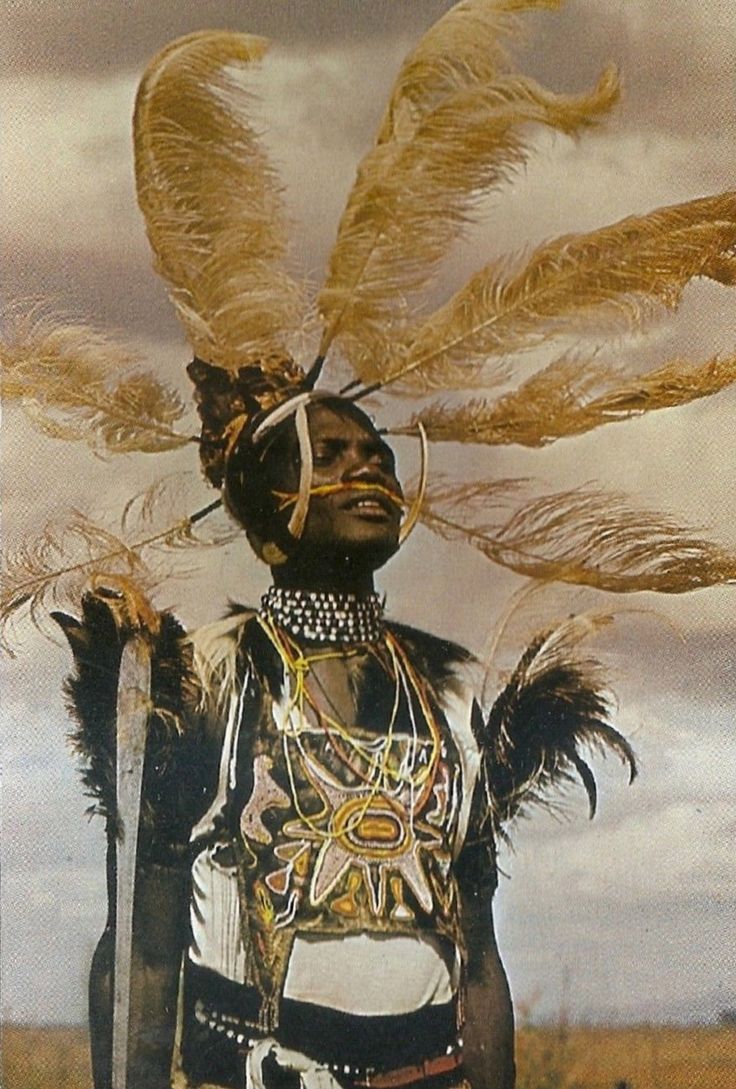
70
Years of colonial rule
The scramble for colonies in Africa among European countries reached fever pitch in 1884, when the Berlin Conference was convened to partition Africa amongst European colonial rivals. Among British acquisitions was the land we today call Kenya. A British trading company, Imperial British East Africa Company, was set up and posted to administer Kenya under the name British East Africa Protectorate.

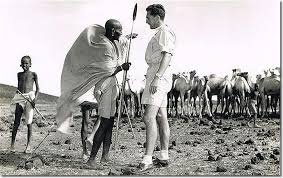
Colonial Rule
The scramble for colonies in Africa among European countries reached fever pitch in 1884, when the Berlin Conference was convened to partition Africa amongst European colonial rivals. Among British acquisitions was the land we today call Kenya. A British trading company, Imperial British East Africa Company, was set up and posted to administer Kenya under the name British East Africa Protectorate.
When it was realised that the company could not contain Kenya’s hostile communities the British declared the country a colony and Protectorate on 1st July 1895 and posted the first Governor, Sir Arthur Hardinge, to establish a formal British administration.The seventy years of colonial rule in Kenya were characterised by punitive economic, social and political policies. Most outstanding among these policies was racial discrimination. Huge fertile land was alienated for white settlement, and harsh labour laws were enacted to force the Africans to work at low wages on settler farms and public works. In addition, African political participation was confined to local government.It was against this scenario that African protest movements began in earnest from the early 1920s.
Several political associations, including the Young Kikuyu Association, East African Association, Young Kavirondo Association, North Kavirondo Central Association and Taita Hills Association, were formed to articulate African grievances against forced labour, low wages, heavy taxation, continuing land alienation, and racial discrimination.Between 1944 and 1960 African political activity and pressure were intensified. In 1944, the first countrywide nationalist party, Kenya African Union (KAU) was formed. And in the same year the first African, Eliud Mathu, was nominated to the settler dominated Legislative Council. Unhappiness with the slow political and economic change led to the breakdown of law and order in the early 1950s, and in 1952 Governor, Sir Everlyn Baring declared a state of emergency following the outbreak of the Mau Mau rebellion, whose major grievances included land alienations, racial discrimination and lack of political progress. Read More...
